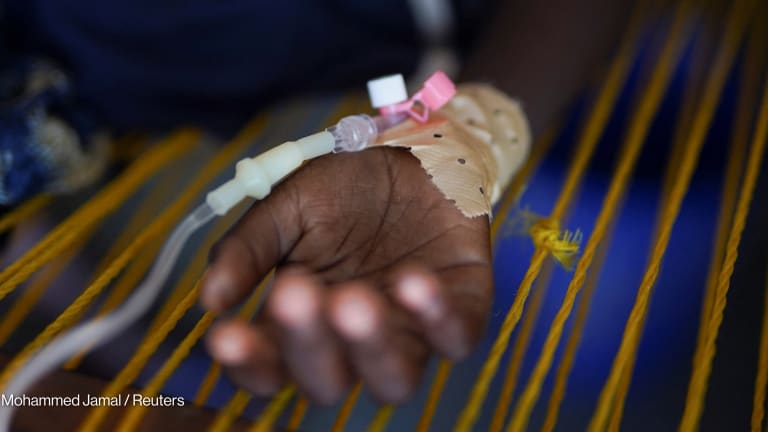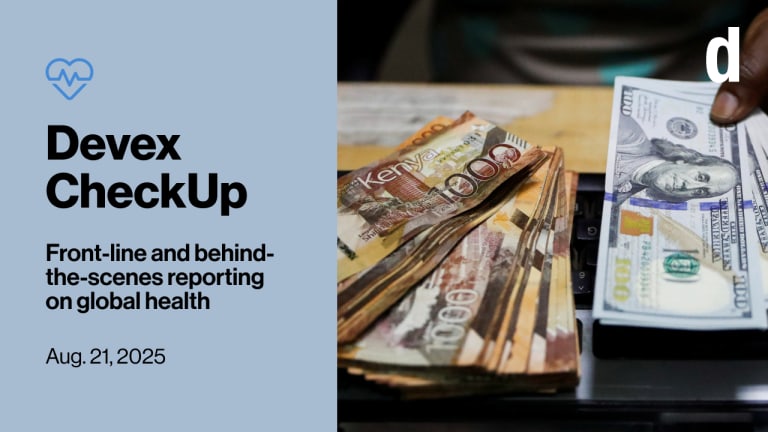
It is a disease that continues to spread in Haiti and beyond, claiming thousands of lives since emerging in October 2010. A group of international organizations as well as the governments of Haiti and the Dominican Republic hope to finally put an end to this epidemic.
In a Jan. 11 meeting in Washington, officials of UNICEF, the U.S. Centers for Disease Control and Prevention, and the Pan-American Health Organization, the regional arm of the World Health Organization for the Americas, pledged to help the two countries come up with a plan to eradicate cholera. Participants emphasized the need to increase investments in infrastructure and institutional capacity necessary to bring water and sanitation to affected areas.
The task however comes with an expensive price tag: $1.1 billion if the goal is to reach at least two-thirds of Haiti’s population by 2015, according to Reuters, which did not give a source for the estimate.
Kevin De Cock, director of CDC’s Center for Global Health, said new cases of cholera per day total at least 100, and health experts fear the rate could go up to 1,000 once the country moves into its rainy season, U.N. News Center reports. To date, nearly 550,000 has contracted the disease, including some in the United States.
“This is a time bomb for other countries,” Reuters quotes Dr. Mirta Roses, head of PAHO, further noting that the presence of cholera in Hispaniola, an island housing Haiti and the Dominican Republic, denotes the presence of the disease in the Caribbean.
Read more:
Read more development aid news online, and subscribe to The Development Newswire to receive top international development headlines from the world’s leading donors, news sources and opinion leaders — emailed to you FREE every business day.








